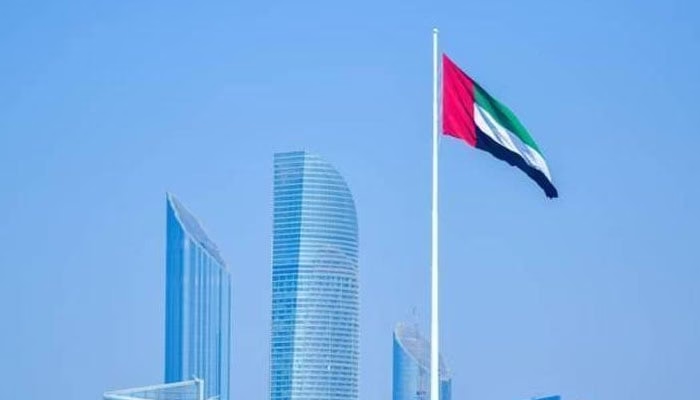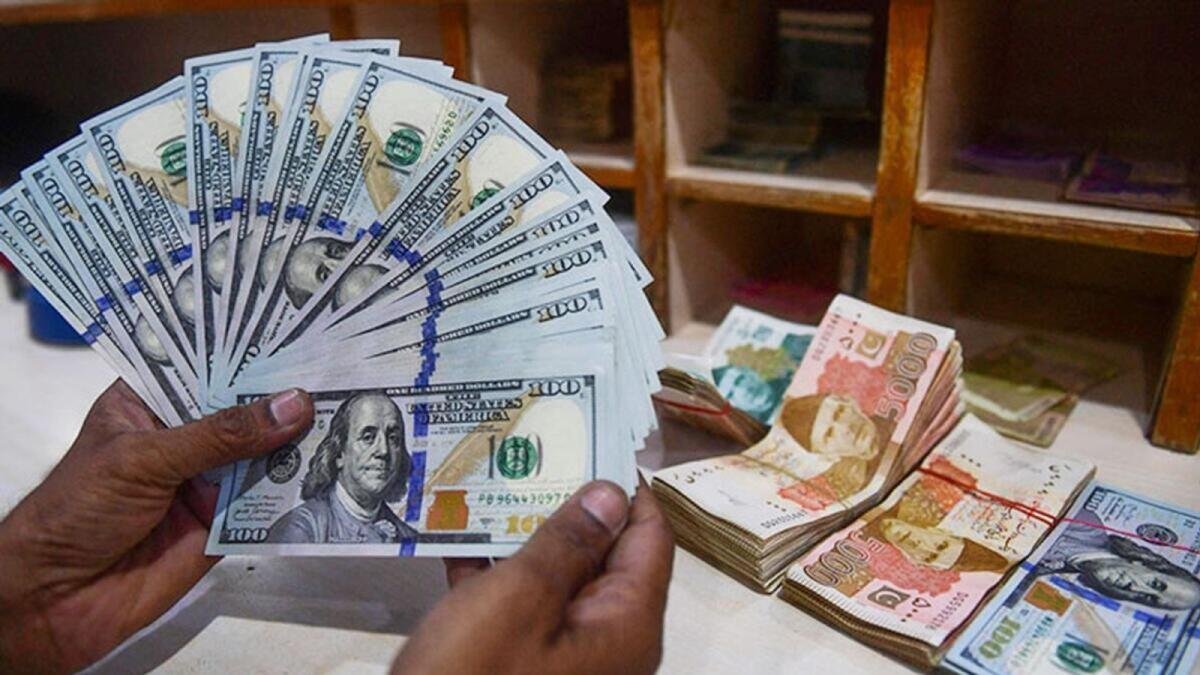United Arab Emirates (UAE) is once again in the global spotlight for extreme weather, as temperatures soared to a staggering 51.6 degrees Celsius, breaking the country’s all-time high for the month of May. This marks the second consecutive day the mercury crossed the 50°C threshold, signaling a worrying intensification of heatwaves across the Gulf region.
According to official meteorological data, the temperature on Saturday reached 51.6°C, which is 1.2 degrees higher than the previous day’s peak in Abu Dhabi, where temperatures touched 50.4°C on Friday. This shattered the long-standing May record of 50.2°C, set back in 2009.
A Region Already on the Edge
The UAE, particularly its desert interiors, is known for its extreme heat, especially during the summer months. But even for a region accustomed to hot weather, these latest temperatures are exceptional. Experts are warning that this is not an isolated event but rather part of a broader and more dangerous global trend.
This is not just an unusually hot week — it’s a clear sign of escalating climate instability, said a senior climate researcher at the UAE’s National Center of Meteorology (NCM). Breaking long-standing temperature records in May suggests that our summer is starting hotter and earlier than ever before.
Climate Change in Action
Scientists and climatologists are pointing directly to climate change as the major driver behind this and similar extreme heat events happening around the globe. The combination of rising greenhouse gas emissions, urban heat island effects, and the natural desert geography of the UAE is creating a perfect storm for dangerous temperature surges.
The Gulf region has long been identified as one of the most climate-vulnerable zones in the world. Without aggressive mitigation strategies, countries in the Middle East could soon face conditions that are literally uninhabitable for parts of the year.
According to a recent UN climate report, if global emissions continue at their current pace, cities like Abu Dhabi, Dubai, and Sharjah could see more than 80 days annually where temperatures exceed 50°C by the year 2100.
Public Safety and Preparedness
In response to the heatwave, UAE authorities have issued advisories urging residents to stay indoors, especially during peak sun hours between 12 PM and 4 PM. Outdoor labor and construction work have also been temporarily restricted during midday hours as a precaution.
Citizens and tourists are advised to:
- Stay hydrated
- Avoid direct sunlight
- Use sunblock and protective clothing
- Keep air conditioning systems maintained and functioning
Hospitals and clinics in the affected areas have reported a moderate uptick in heat-related illnesses, including dehydration, heat exhaustion, and heatstroke.
Infrastructure Under Strain
This extreme weather also places a massive burden on the UAE’s energy infrastructure, with air conditioning systems running at full capacity across residential and commercial sectors. Electricity demand has surged, prompting warnings from utility providers about potential blackouts or power load balancing measures if the heat persists.
The transport sector is also being affected, as prolonged exposure to heat can damage road surfaces and cause vehicle overheating, particularly for older models without sufficient cooling systems.
While short-term safety measures are crucial, the current situation is also a wake-up call for policymakers across the region. Experts are calling for:
- Investment in green infrastructure
- Rapid transition to renewable energy
- Urban planning that includes climate-resilient design
- International cooperation on emissions reduction
The UAE has shown leadership in climate-related innovation,said an environmental policy expert based in Dubai. But these events underscore the urgency to accelerate those efforts — the time for gradual change is over.
As the UAE bakes under unprecedented heat, the message is loud and clear: climate change is no longer a distant threat — it’s already here. With temperatures breaking records in May, the coming summer may bring even more dangerous conditions, forcing individuals, communities, and governments to adapt faster than ever before.



